Diverse Application Areas
The One Component Foam Market is characterized by its diverse application areas, which significantly contribute to its growth. These foams are utilized in various sectors, including construction, automotive, and packaging, among others. In the construction sector, they are employed for insulation, sealing gaps, and enhancing energy efficiency. In automotive applications, one component foams are used for sound dampening and thermal insulation. The packaging industry also leverages these foams for protective packaging solutions. The versatility of one component foams allows them to cater to a wide range of needs, which is reflected in the market's projected growth rate of around 5% annually. As industries continue to explore innovative uses for these materials, the One Component Foam Market is likely to expand further, driven by its adaptability and performance.
Growing Automotive Sector
The One Component Foam Market is also benefiting from the expansion of the automotive sector. As vehicle manufacturers increasingly focus on lightweight materials to enhance fuel efficiency, one component foams are being utilized for various applications, including soundproofing and thermal insulation. The automotive industry is projected to grow at a rate of approximately 4% annually, which is likely to drive the demand for one component foams. These materials are favored for their lightweight properties and ability to provide effective insulation, contributing to overall vehicle performance. Furthermore, the trend towards electric vehicles, which require advanced insulation solutions, is expected to further propel the One Component Foam Market. This intersection of automotive innovation and foam technology presents a promising avenue for market growth.
Technological Innovations
Technological advancements play a crucial role in shaping the One Component Foam Market. Innovations in formulation and application techniques have led to the development of superior foam products that offer enhanced performance characteristics. For instance, the introduction of low-pressure dispensing systems has improved the ease of use and efficiency of one component foams, making them more appealing to contractors and DIY enthusiasts. Additionally, advancements in chemical formulations have resulted in foams with better adhesion, flexibility, and durability. The market is projected to witness a compound annual growth rate of around 6%, driven by these technological innovations. As manufacturers continue to invest in research and development, the One Component Foam Market is expected to evolve, offering products that meet the changing needs of consumers.
Rising Construction Activities
The One Component Foam Market is experiencing a notable surge due to increasing construction activities across various sectors. As urbanization accelerates, the demand for efficient insulation and sealing solutions has risen significantly. In 2025, the construction sector is projected to grow at a rate of approximately 5.5% annually, which directly influences the consumption of one component foam products. These foams are favored for their ease of application and superior thermal insulation properties, making them ideal for both residential and commercial buildings. Furthermore, the trend towards energy-efficient construction practices is likely to bolster the market, as builders seek materials that enhance energy performance. This growing emphasis on sustainable building solutions positions the One Component Foam Market favorably for continued expansion.
Increased Demand for Energy Efficiency
The One Component Foam Market is significantly impacted by the rising demand for energy-efficient solutions. As energy costs continue to escalate, consumers and businesses alike are seeking materials that can reduce energy consumption. One component foams are recognized for their excellent insulation properties, which help in minimizing heat loss and improving energy efficiency in buildings. According to recent estimates, the energy-efficient building materials market is expected to reach USD 500 billion by 2026, indicating a robust growth trajectory. This trend is further supported by government regulations promoting energy efficiency in construction, which encourages the adoption of one component foams. Consequently, the One Component Foam Market is likely to benefit from this shift towards sustainable and energy-efficient building practices.


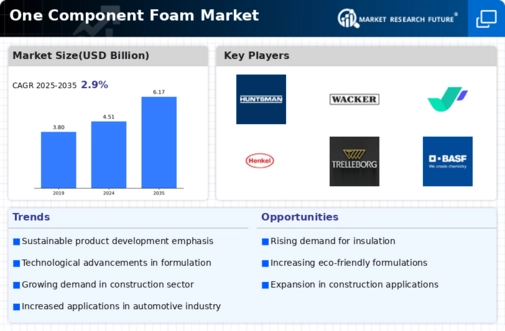
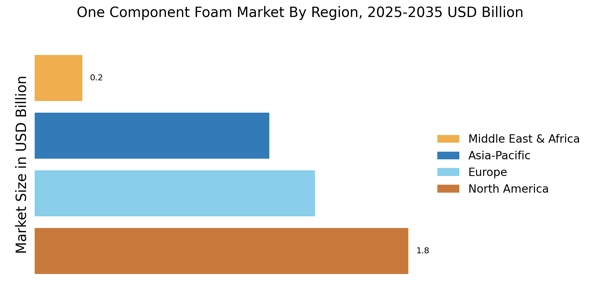


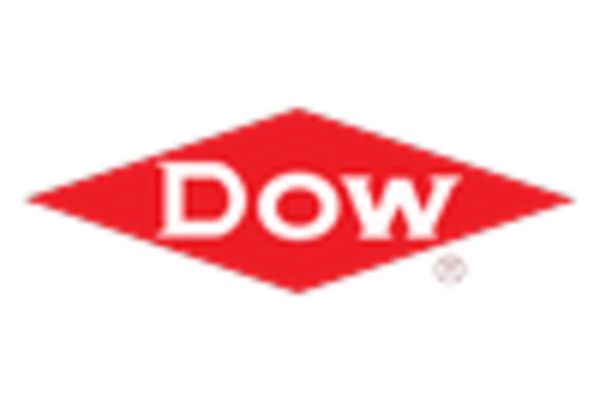
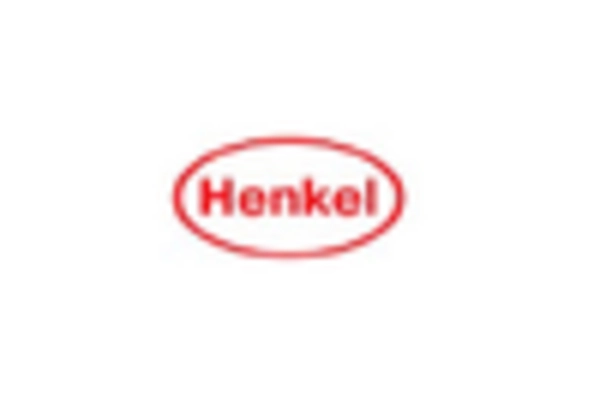
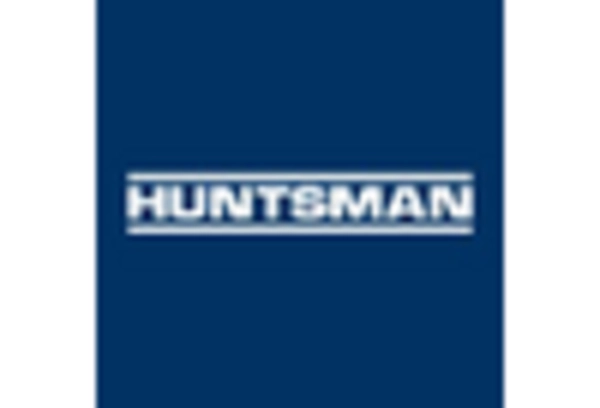









Leave a Comment